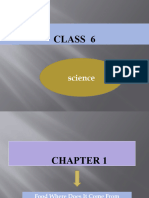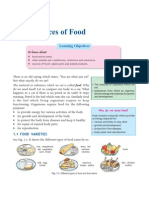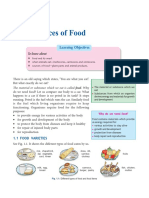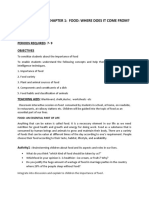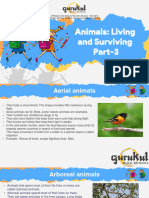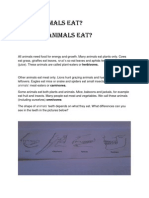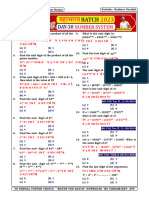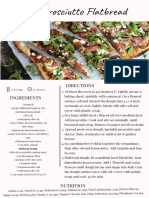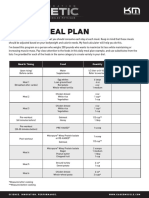0% found this document useful (0 votes)
81 views12 pagesScience Chapter 1
The document discusses where food comes from for humans and other living things. It explains that food comes from both plants and animals, with different plant parts and animal products providing nutrition. It also describes different types of animals based on their diets, including herbivores, carnivores, and omnivores.
Uploaded by
krishankant sharmaCopyright
© © All Rights Reserved
We take content rights seriously. If you suspect this is your content, claim it here.
Available Formats
Download as PDF, TXT or read online on Scribd
0% found this document useful (0 votes)
81 views12 pagesScience Chapter 1
The document discusses where food comes from for humans and other living things. It explains that food comes from both plants and animals, with different plant parts and animal products providing nutrition. It also describes different types of animals based on their diets, including herbivores, carnivores, and omnivores.
Uploaded by
krishankant sharmaCopyright
© © All Rights Reserved
We take content rights seriously. If you suspect this is your content, claim it here.
Available Formats
Download as PDF, TXT or read online on Scribd
/ 12




